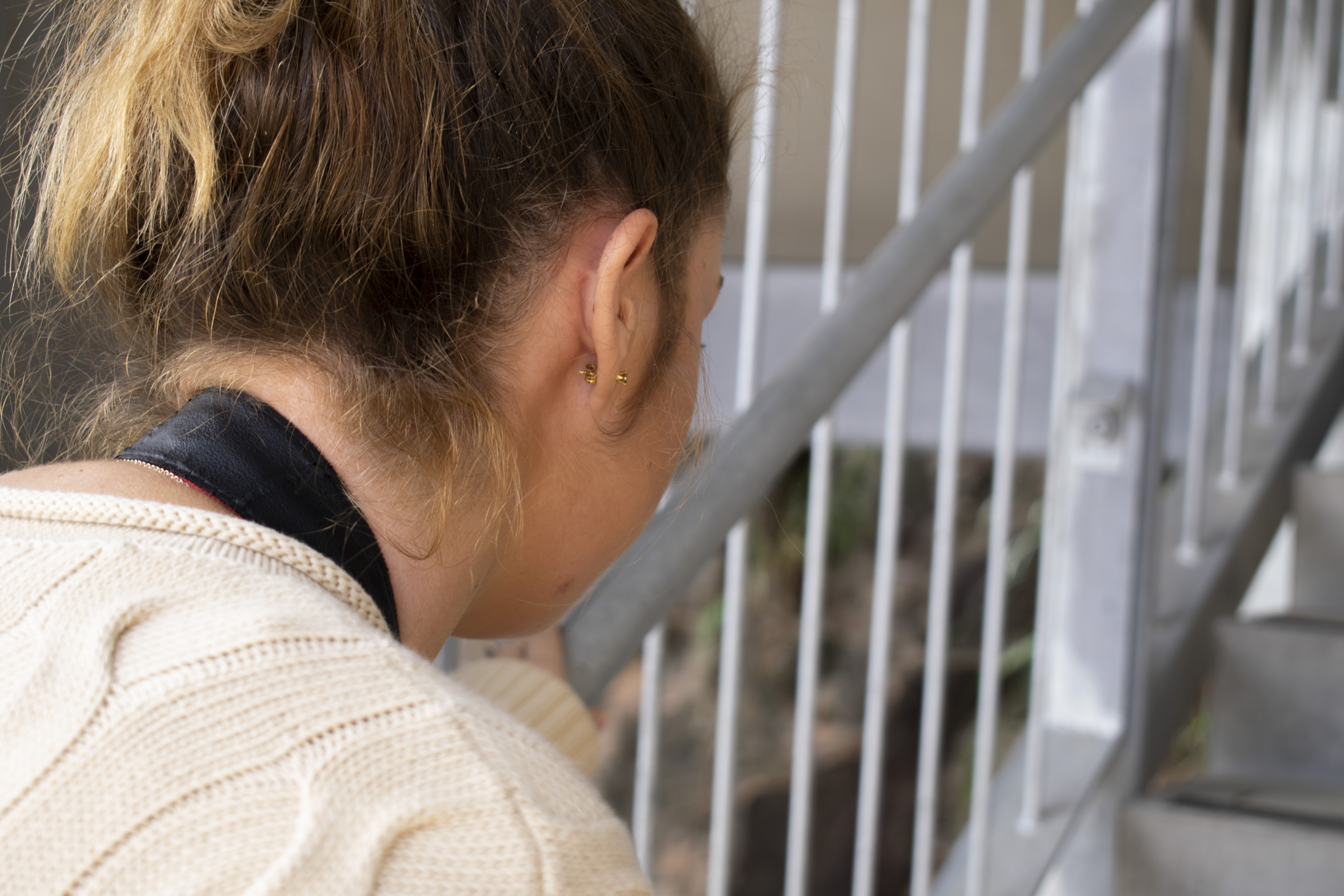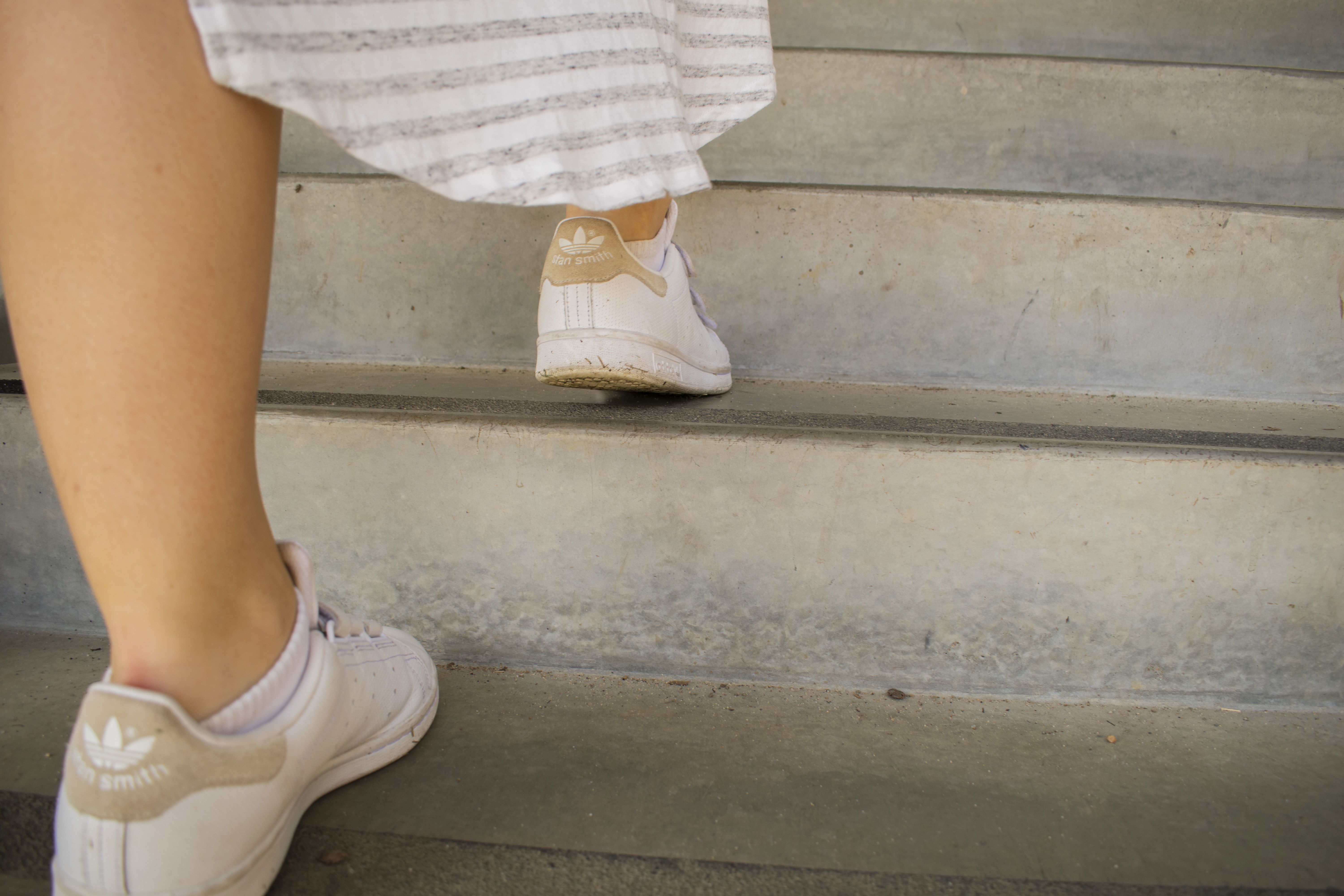Most people would agree that different days across the week have a feeling that follows a repetitious pattern that repeats with each week that goes by. This emotional wavelength that many of us experience was the inspiration for my narrative, and so I was drawn to the phrase; the week that was. Conveying the emotional journey experienced throughout a typical uneventful week was, an arguably more abstract interpretation of my phrase, and it certainly did not make the narrative aspect of the task any easier. Choosing to convey a non-linear narrative was certainly more of a challenge than I initially anticipated. As I did not set out to capture a consistent and planned colour palette, artificial lighting nor strict composition in each image, I believe that what binds the photo series together is the candid depiction of fluctuating emotions throughout.
I felt that due to the vision I had for my theme, any staged posing or artificial lighting would have contradicted and shrouded the tone of the everyday emotional journey which I wanted to capture. Whilst on the surface, using natural lighting seems like less effort; I found this not to be the case. Working around the different coloured light across the span of a day in addition to the changeable weather was more time consuming than I anticipated. However, I was committed to utilising natural light at different times of the day to best capture the mood of each image, and am now pleased that the effort of doing so has paid off. I feel that the natural lighting has added to the subtlety that I set out to achieve across my photoseries. Some images were taken in a Rembrandt style with natural light streaming through a window. Although this did not have the stark effect that is typical of staged Rembrandt lighting, it felt appropriate in the images in which it was used (1, 4 and 8).
To reinforce the emotional journey within my theme, I shot all of my images with a narrow aperture ranging between f/3.5 and f/4.0. I felt that this was important to draw focus to the human subject of the images, specifically the emotion he displays both in his body and facial expressions. This was also important because I was determined to not heavily stage each photo, which meant capturing these exampled of emotion naturally.
I did not want to produce a photo series that felt too literal. Therefore, rather, than setting out to capture an image to convey each day in the week, I wanted to depict the feelings that we experience from Monday to Sunday without taking solely portrait images. I believe that the order in which I put my images also helped to achieve this, by cycling between the morning coffee and work, I hope to garner an empathetical response from the viewer. This mood should lighten towards the end of the series as we come to the emotions of the weekend.
The final image is taken as the weekend has drawn to an end and the subject is right back in the same room where the images started, looking to the window where he drinks his morning coffee. The mixed emotion on his face feels relatable for a Sunday afternoon; anticipating the week that is to come.

































































































































